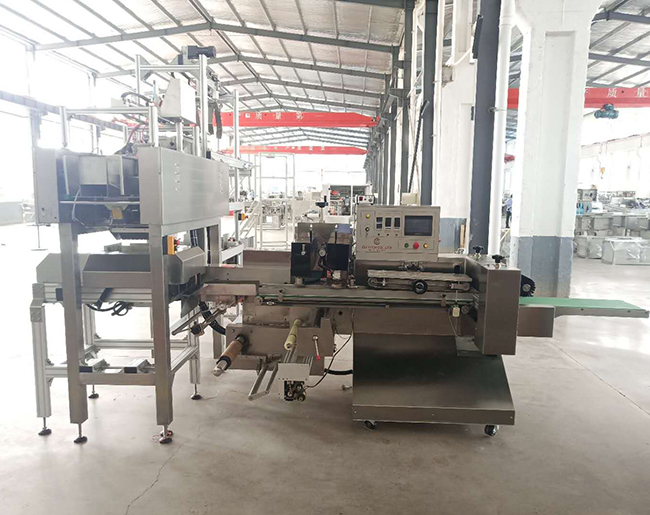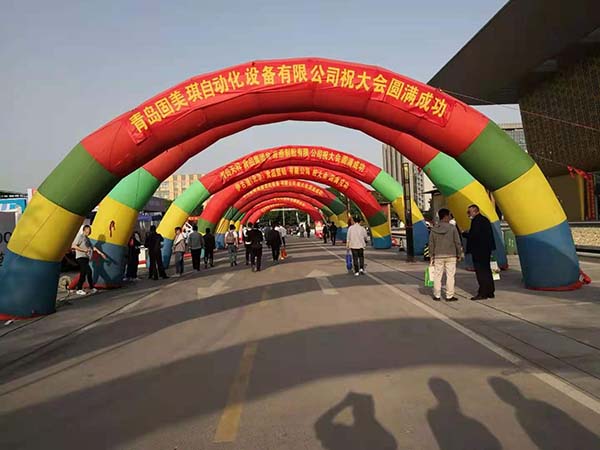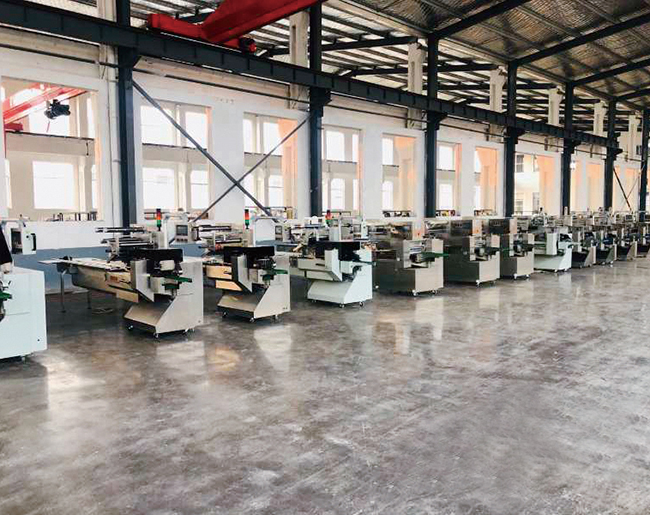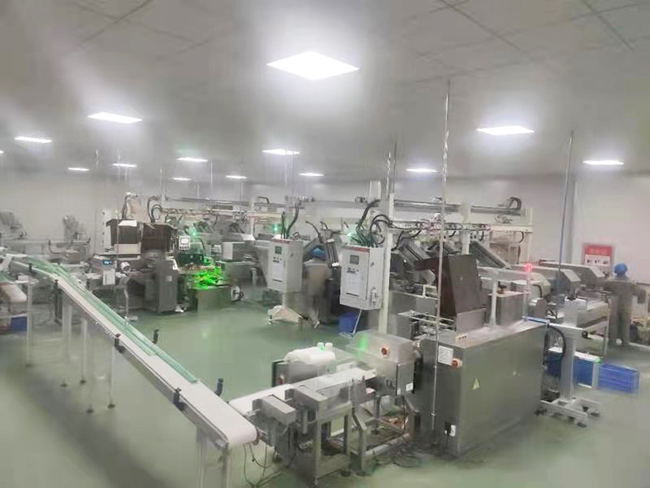According to the workload and the degree of difficulty, the maintenance work of the equipment of hanging noodle packaging machine is divided into daily maintenance, primary maintenance and secondary maintenance. the maintenance system formed is called "three-level maintenance system".
(1) routine maintenance.
It is the equipment maintenance work that must be carried out by operators in each shift, which includes: cleaning, refueling, adjustment, replacement of individual parts, checking lubrication, abnormal sound, safety and damage, etc.Daily maintenance cooperates with daily spot inspection, which is a way of equipment maintenance that does not occupy working hours alone.
(2) first-level maintenance.
It is a form of indirect preventive maintenance, which is mainly based on regular inspection and supplemented by maintenance maintenance. The main contents of its work are: check, clean and adjust the parts of each equipment; check the wiring, dust removal and fastening of distribution cabinets; find hidden troubles and anomalies, eliminate them, and eliminate leakage and so on.After first-class maintenance, the equipment is required to meet the following requirements: clean and bright appearance; no dust; flexible operation and normal operation; complete and reliable safety protection and indicating instruments. The maintenance personnel shall record the main contents of the maintenance, hidden dangers found and eliminated in the maintenance process, anomalies, test run results, operating performance, etc., as well as existing problems. First-class maintenance is dominated by operators, and professional maintenance personnel cooperate and guide.
(3) Secondary maintenance.
Is to maintain the technical condition of the equipment-based maintenance form, the workload of secondary maintenance is between repair and minor repair, but also to complete part of the repair, mainly aimed at the wear and damage of equipment parts for repair or replacement. Secondary maintenance to complete all the work of primary maintenance, but also requires all the lubrication parts to be cleaned, combined with the oil change cycle to check the quality of lubricating oil, cleaning and oil change. Check the dynamic technical status and main accuracy of the equipment (noise, vibration, temperature rise, surface roughness, etc.), adjust the installation level, replace or repair parts, clean or replace motor bearings, measure insulation resistance, etc. After secondary maintenance, the precision and performance are required to meet the process requirements, no oil leakage, gas leakage, electric leakage, sound, vibration, pressure, temperature rise and so on meet the standard. Before and after secondary maintenance, the equipment should be measured in action and static technical status, and maintenance records should be made carefully. The second-level maintenance is mainly composed of professional maintenance personnel and operators.
(1) routine maintenance.
It is the equipment maintenance work that must be carried out by operators in each shift, which includes: cleaning, refueling, adjustment, replacement of individual parts, checking lubrication, abnormal sound, safety and damage, etc.Daily maintenance cooperates with daily spot inspection, which is a way of equipment maintenance that does not occupy working hours alone.
(2) first-level maintenance.
It is a form of indirect preventive maintenance, which is mainly based on regular inspection and supplemented by maintenance maintenance. The main contents of its work are: check, clean and adjust the parts of each equipment; check the wiring, dust removal and fastening of distribution cabinets; find hidden troubles and anomalies, eliminate them, and eliminate leakage and so on.After first-class maintenance, the equipment is required to meet the following requirements: clean and bright appearance; no dust; flexible operation and normal operation; complete and reliable safety protection and indicating instruments. The maintenance personnel shall record the main contents of the maintenance, hidden dangers found and eliminated in the maintenance process, anomalies, test run results, operating performance, etc., as well as existing problems. First-class maintenance is dominated by operators, and professional maintenance personnel cooperate and guide.

(3) Secondary maintenance.
Is to maintain the technical condition of the equipment-based maintenance form, the workload of secondary maintenance is between repair and minor repair, but also to complete part of the repair, mainly aimed at the wear and damage of equipment parts for repair or replacement. Secondary maintenance to complete all the work of primary maintenance, but also requires all the lubrication parts to be cleaned, combined with the oil change cycle to check the quality of lubricating oil, cleaning and oil change. Check the dynamic technical status and main accuracy of the equipment (noise, vibration, temperature rise, surface roughness, etc.), adjust the installation level, replace or repair parts, clean or replace motor bearings, measure insulation resistance, etc. After secondary maintenance, the precision and performance are required to meet the process requirements, no oil leakage, gas leakage, electric leakage, sound, vibration, pressure, temperature rise and so on meet the standard. Before and after secondary maintenance, the equipment should be measured in action and static technical status, and maintenance records should be made carefully. The second-level maintenance is mainly composed of professional maintenance personnel and operators.




